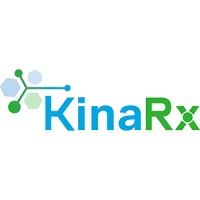Selpercatinib (LOXO292) and pralsetinib (BLU667) are RET protein tyrosine kinase inhibitors (TKIs) recently approved for treating RET-altered cancers. However, RET mutations that confer selpercatinib/pralsetinib resistance have been identified, necessitating development of next-generation RET TKIs. While acquired RET G810C/R/S/V mutations were reported in selpercatinib-treated patients, it was unclear whether all of these and other potential G810 mutants are resistant to selpercatinib and pralsetinib. Here, we profiled selpercatinib and pralsetinib on all six possible G810 mutants derived from single nucleotide substitution and developed novel alkynyl nicotinamide-based RET TKIs to inhibit selpercatinib/pralsetinib-resistant RET G810 mutants. Surprisingly, the G810V mutant found in a clinical study was not resistant to selpercatinib or pralsetinib. Besides G810C/R/S, G810D also conferred selpercatinib/pralsetinib resistance. Alkynyl nicotinamide compounds such as HSN608, HSL476, and HSL468 have better drug-like properties than alkynyl benzamides. Six of these compounds inhibited all six G810 solvent-front mutants and the V804M gatekeeper mutant with IC50 < 50 nmol/L in cell culture. Oral administration of HSN608 at a well-tolerated dose (30 mg/kg) gave plasma level > 30x the IC50s of inhibiting all G810 mutants in cell culture. In cell-derived xenograft tumors driven by KIF5B-RET (G810C) that contains the most frequently observed solvent-front mutant in selpercatinib-treated patients, HSN608, HSL476, and HSL468 significantly suppressed and caused regression of the selpercatinib-resistant tumors. This study clarifies the sensitivities of different RET solvent-front mutants to selpercatinib and pralsetinib and identifies novel alkylnyl nicotinamide-based RET TKIs for inhibiting selpercatinib/pralsetinib-resistant G810 mutants.







